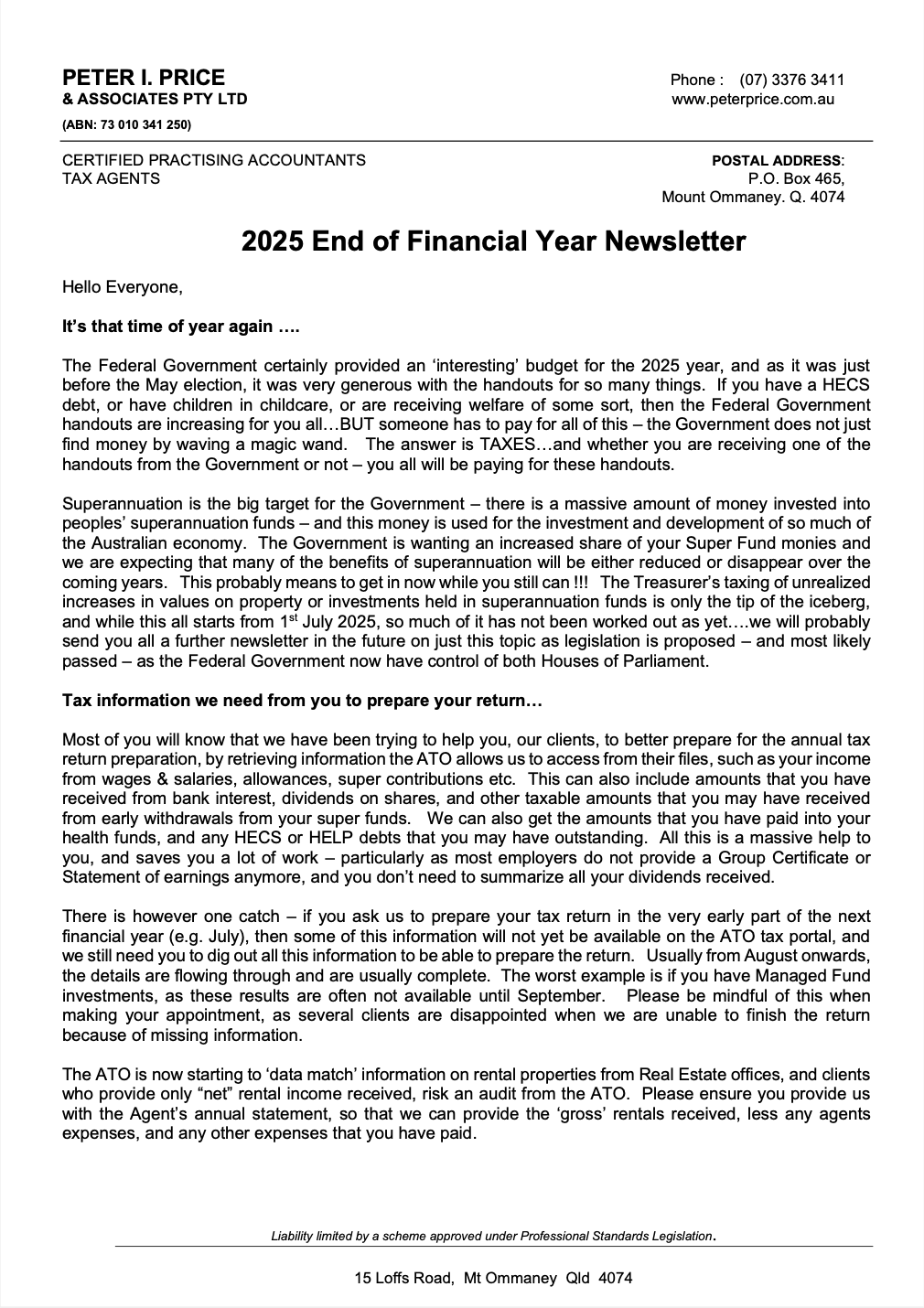Underperforming employees: When can you terminate?

.
Firing an employee hastily or without proper procedures can lead to uncomfortable situations and damage the company's reputation. Regrettably, sometimes, management pressure means making uninformed decisions that open the company to risk.
Poor performance is perpetuated because employees are often unaware of their subpar performance, and their managers, for various reasons, fail to effectively address the situation by delaying action.
This article goes through the performance process, offering hints and tips for HR to support businesses in creating high-performing organisations while mitigating risk.
HOW HR CAN SUPPORT BUSINESSES
As trusted advisors, HR leaders often face the dilemma of doing the right thing while businesses prioritise expediency and cost-cutting measures, usually encouraged by senior management.
In certain circumstances, swift termination of an employee's employment can be advantageous, especially when immediate and decisive action aligns with the company's best interests. This approach may be driven by the perception that the business risks associated with retaining an employee outweigh the potential legal consequences employers might encounter by acting promptly.
However, this 'swift' approach should be the exception, not the norm. It is an essential reminder that high-performing organisations consistently engage in constructive discussions with their employees regarding their performance. They establish well-defined goals, offer feedback, and provide support to maximise employee productivity. In cases of underperformance, these organisations promptly take appropriate and sensitive measures to address the issue.
STEPS TO ADDRESS EMPLOYEE PERFORMANCE
1. Identify and assess the underperformance
- Write down examples of problematic behaviours or actions.
- Assess the seriousness, duration, and impact of the problem.
- Organise a meeting with the employee to discuss the issue.
2. Meet with the employee
- Describe the problem clearly and give specific examples of where they are not meeting expectations
- Explain the impact on the business, co-workers, and the employee's work.
3. Agree on a solution
- Explore ideas and suggest ways to fix the problem.
- Reinforce the value of the employee's role.
- Record the agreed actions in a performance improvement plan.
4. Monitor and review performance
- Follow through with the support offered and regularly check in.
- Have a follow-up meeting to review progress.
- Update the performance improvement plan as needed.
- Acknowledge the employee's progress and focus on remaining improvements.
DISMISSING AN EMPLOYEE FOR UNDERPERFORMANCE
If performance doesn't improve and a written warning has been issued, sometimes a dismissal is the next step. Termination of employment is a significant step that requires a valid reason related to the employee's capacity or conduct.
Employers must follow a fair performance management and dismissal process and avoid harsh, unjust, or unreasonable circumstances. Fairness is crucial, especially during termination, and employees should be provided with reasons for dismissal and an opportunity to respond.
Before dismissing an employee, employers should have taken the following steps:
- ensuring that the purpose of performance meetings has been communicated in advance and allowing the employee adequate time to prepare
- informing the employee of their right to have a support person present
- clearly outlining the expected performance level and required improvements.
- providing clear warnings about the need for performance improvement
- granting reasonable time and support to enhance performance
- expressing the possibility of dismissal if performance does not improve.
Before dismissing an employee, the employer must provide written reasons for considering dismissal and allow the employee a reasonable opportunity to respond. Any response from the employee must be considered before making a termination decision. Failure to follow these steps can result in a successful unfair dismissal claim against the employer.
Note: Businesses with fewer than 15 employees are subject to specific dismissal rules that differ from those applicable to larger organisations. During the first 12 months of employment, small business employees cannot claim unfair dismissal. However, if an employee is dismissed after this period and the employer has complied with the Small Business Fair Dismissal Code, the dismissal will be deemed fair.
Access the Small Business Fair Dismissal Code and checklist.
KEY LESSONS
Terminating an underperforming employee is a valid reason for termination. However, employers must follow specific steps to avoid landing in hot water. Some key takeaways are:
- Immediate Communication: If performance concerns arise, promptly address them with the employee through transparent and open communication.
- Documentation: Utilise tools like performance improvement plans. Document all conversations regarding performance, informal or formal, and maintain records of any written warnings given to the employee. This documentation can significantly benefit the organisation if an unfair dismissal claim arises.
- Procedural fairness: Ensure that any implemented performance management process adheres to the principles of procedural fairness.
Catherine Ngo
Content writer, presenter and podcaster
mybusiness.com.au

